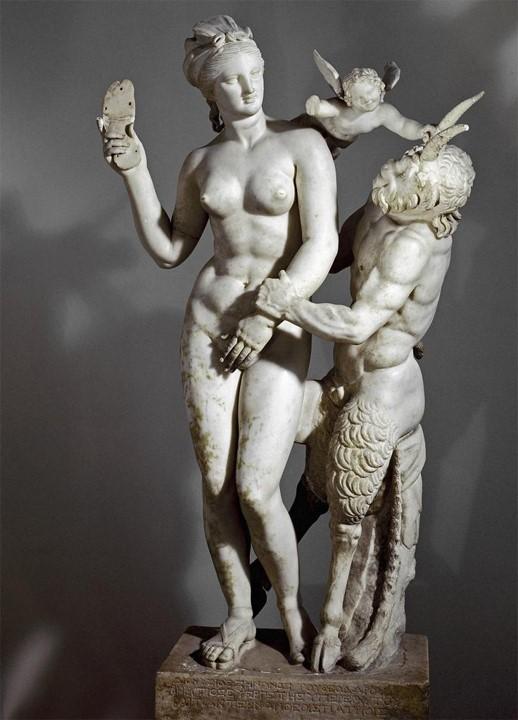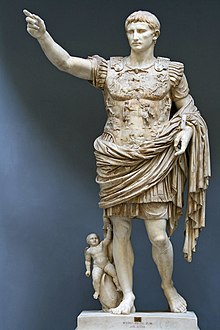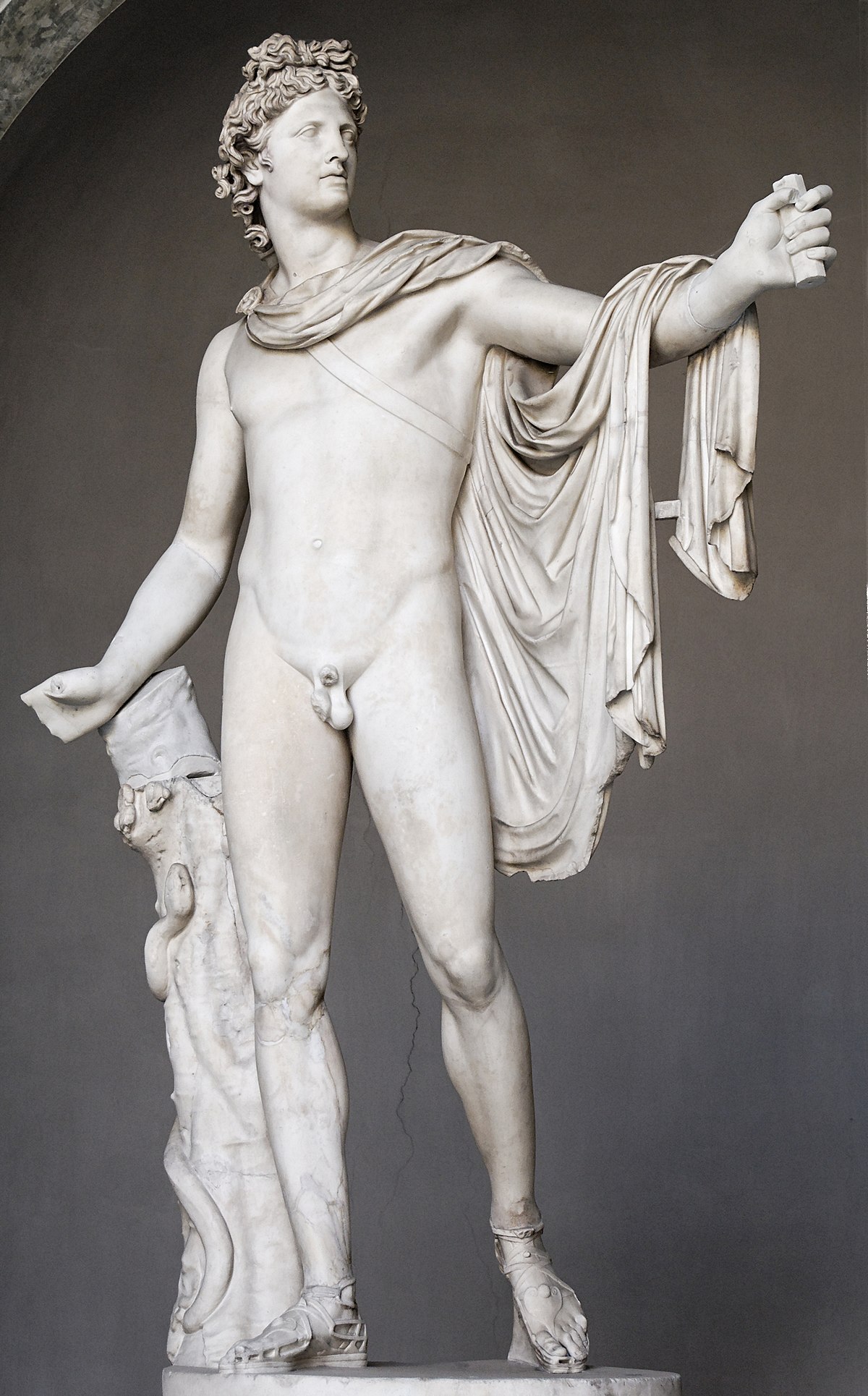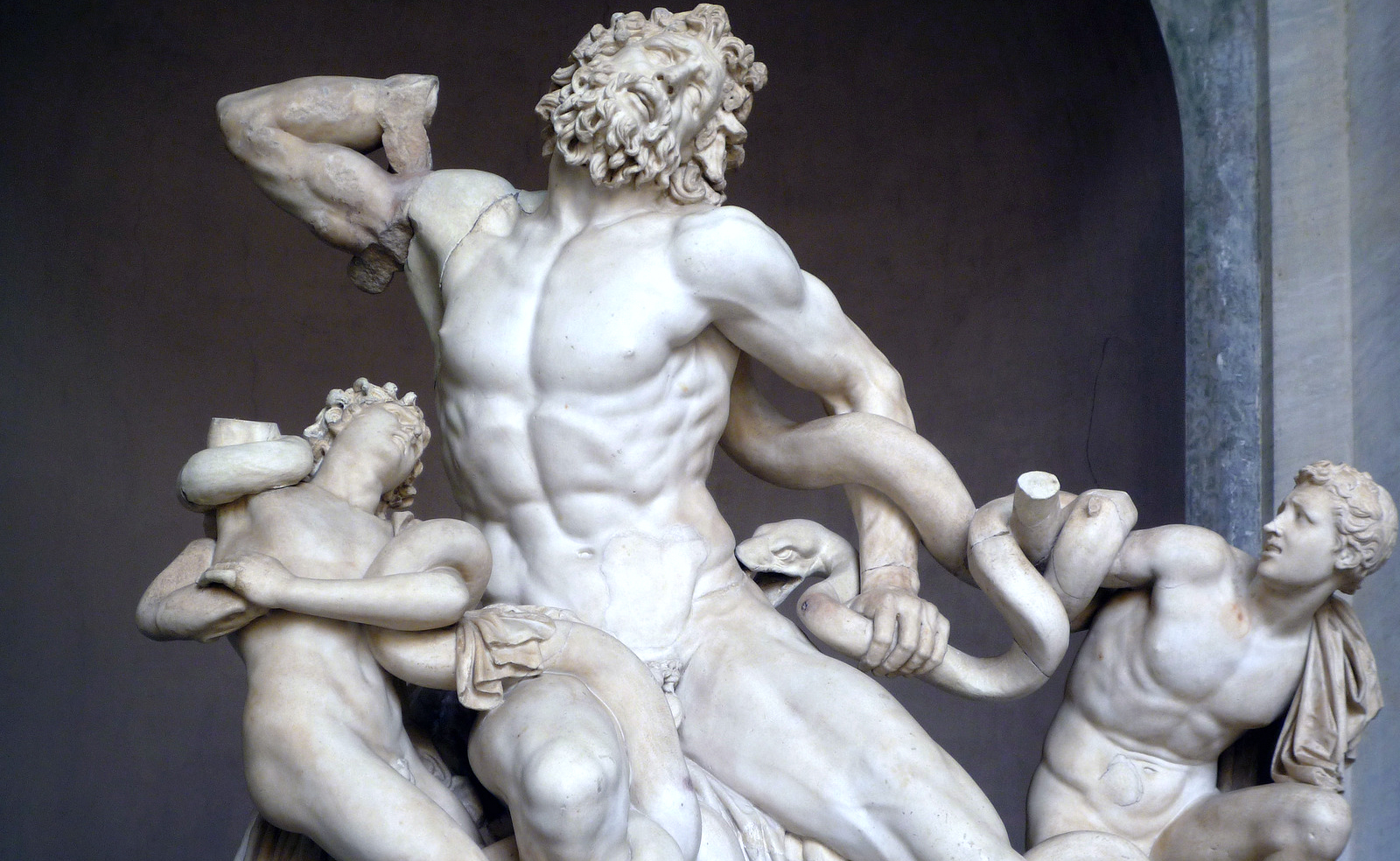The sculptures were generally polychrome except for works made in bronze. Classical Greek sculpture is simple balanced and restrained.

Greek Art Art History Teaching Resources
The greek wanted to produce an ideal form greek art was used to explore nature and philosophy.

. Classical Greek sculpture is both naturalistic and idealistic. Sculpture became more and more naturalistic. Classical Greek sculpture is simple balanced and restrained.
They sought to capture the physical form of their objects in artwork. During the classical period Greek sculptures did what no one had done before by worshiping the human body through bronze and The sculptures were both human-size and human-like. The scientific skill of Greek sculptors in showing the human form in distinct poses was improved.
The classical period characterized modifications in both the function and the style of the sculpture. Classical Greek figures appear more relaxed than the rigid formal Egyptian and early Greek sculptural poses because _____. Symbolic art for example was found in ancient Egypt.
O Introduce quoted or paraphrased information with signal phrases and include a parenthetical citation with page or paragraph number. A similar conflation can be found in the medium of classical sculpture which is both naturalistic and idealistic. O It is your task to write an essay that explains how this sculpture demonstrates the Humanistic Rationalistic and Idealistic values of the Classical Greek era.
The expression of a figure is genrally solemn. Greek sculpture influenced the Romans from the 2nd century BC. Classical greek sculptures became increasingly naturalistic and began to show the body as alive and capable of movement while maintaining an interest in portraying the ideal human anatomy Greek Architecture.
3 points QUESTION 25 1. The expression of a figure is genrally solemn. The only materials available to the Egyptian sculptors were stones that had a very.
The Greeks and Romans both represented gods and rulers in the form of statues a combination of religious and political influence. Classical sculpture was both naturalistic and idealistic Government assembly halls The first Christian churches were patterned after basilicas used by he Romans as. Art imitated the art of greeks but used a more naturalistic approach.
Common people women children animals and domestic scenes became acceptable subjects for sculpture which was commissioned by wealthy families for the adornment of their homes and gardens. This sculpture and other reliefs of this time have influenced later artists like Auguste Rodin. For Hegel Romantic Christian art was the high point of the history of art a history which he believed complete and closed.
Principle in classical Greek sculpture was one of refinement balance and simplicity. Indeed John Boardman describes the work of Polyclitus Fig 2 a sculptor who canonized the male athletic body in classical period art as ideally realistic Boardman 157. In Hegels analysis each style of art also had its paradigmatic art form.
Greek sculpture marked the height of Classical art and Romantic art grew with Christianity. What was a fundamental difference between Greek classical sculpture and Greek Hellenistic sculpture. The High Classical Greek art was more idealistic and it showed how the Greeks wanted to be portrayed and the Hellenisic art is much more realistic.
However the Romans did not produce much sculpture based on the classical Greek model. Access the answers to hundreds of Ancient Greek art questions that are explained in a way thats easy for you to understand. Prominent 1st century BC and 1st century AD Romans such as Cicero and Pliny the Elder greatly admired the innovative work of classical Greek sculpture artists such as Polykleitos.
The sculpture of the Italian Renaissance comprises the approximate period between the late fourteenth and the early sixteenth century when Italian sculpture expressed a reaction against the aesthetic principles of Gothic and assimilating the influence of classical antiquity art humanism and rationalism developed a style that merged naturalistic and other idealistic elements into. Including innovations in painting sculpture decorative arts and architecture Classical Art pursued ideals of beauty harmony and proportion even as those ideals shifted and changed over the centuries. At the end of your analysis include a Works.
Classical Greek sculpture is both naturalistic and idealistic. Poses seemed more naturalistic as shown by the Polykleitos of Diadumenos sculpture. On the other hand much freedom could be seen in the Hellenistic art forms.
In the fallen warrior greece and the dying gaul roman copy both clearly represent a. The origin of sculpture in Greek and Roman art can almost be divided into distinct categories- classical and idealistic vs naturalistic and emotional sculpture work. These relief sculptures are known for their dynamic movement and realism and decorated the temple chambers interior walls.
Classical Greek sculptors were more imaginative because the Enlightenment released them from the dogma of the pharoahs. Greek art in idealistic the subject of greek art was often the mythological gods in an effort to express the ideal form of beauty physical strength and power. The sculpture of the ancient Greeks had a major impact on.
The aesthetic principle in classical Greek sculpture was one of refinement balance. Classical Art encompasses the cultures of Greece and Rome and endures as the cornerstone of Western civilization. The transition from the Classical to the Hellenistic period occurred during the 4th century BC.
Defined by a careful observation of nature a new concern for the mechanics of the body and the pursuit of ideal forms Classical Greek sculpture represents a radical departure from the compact forms and upright poses of Archaic male nudes. The Parthenon Marbles created by Phidias are perhaps the most famous examples of this style of Classical Greek sculpture.

24 H David By Michelangelo Bust Sculpture Statue Amazon Ca Home

Form And Reality The Classical Greek Balance Of The Ideal And The Natural Disrecognized Space

Art History Midterm Flashcards Chegg Com

Classical Greek Sculpture Is Both Naturalistic And Idealistic True Or False Study Com



0 comments
Post a Comment